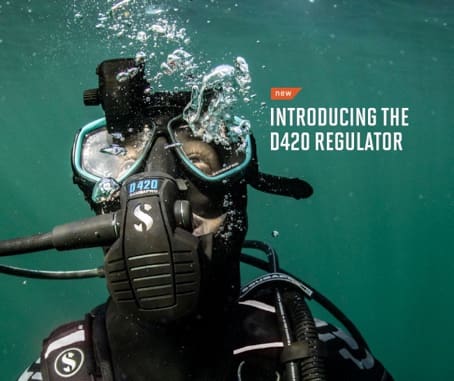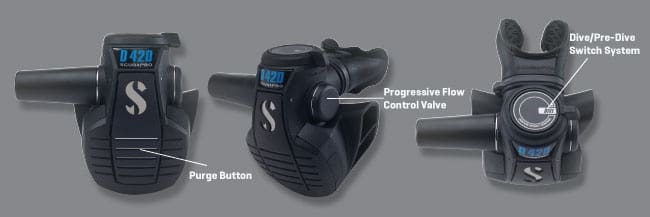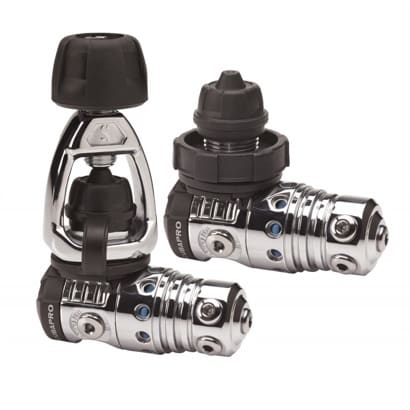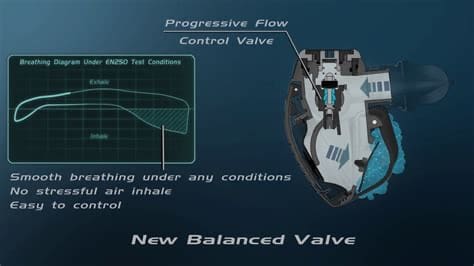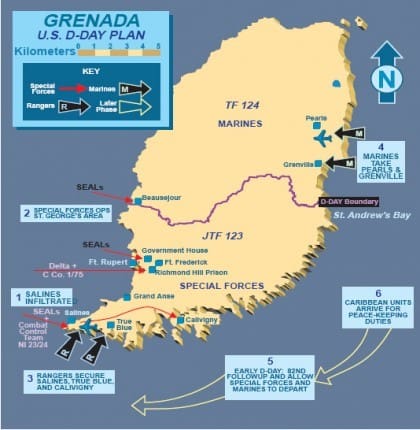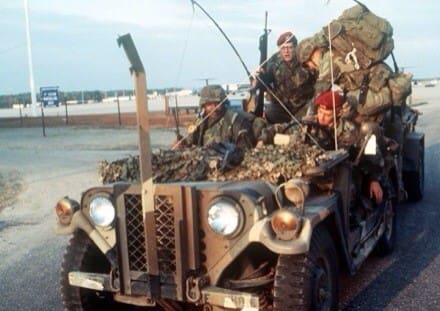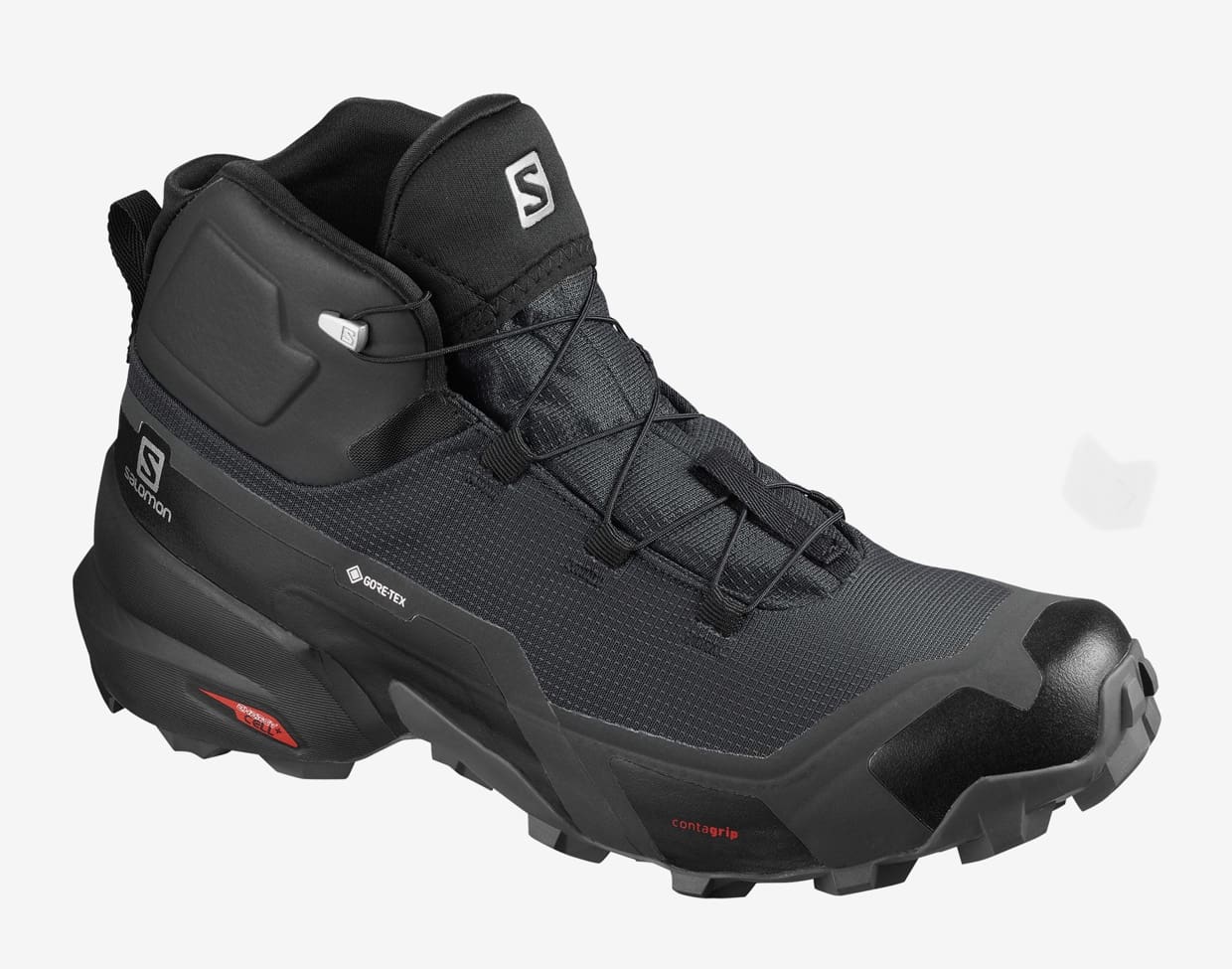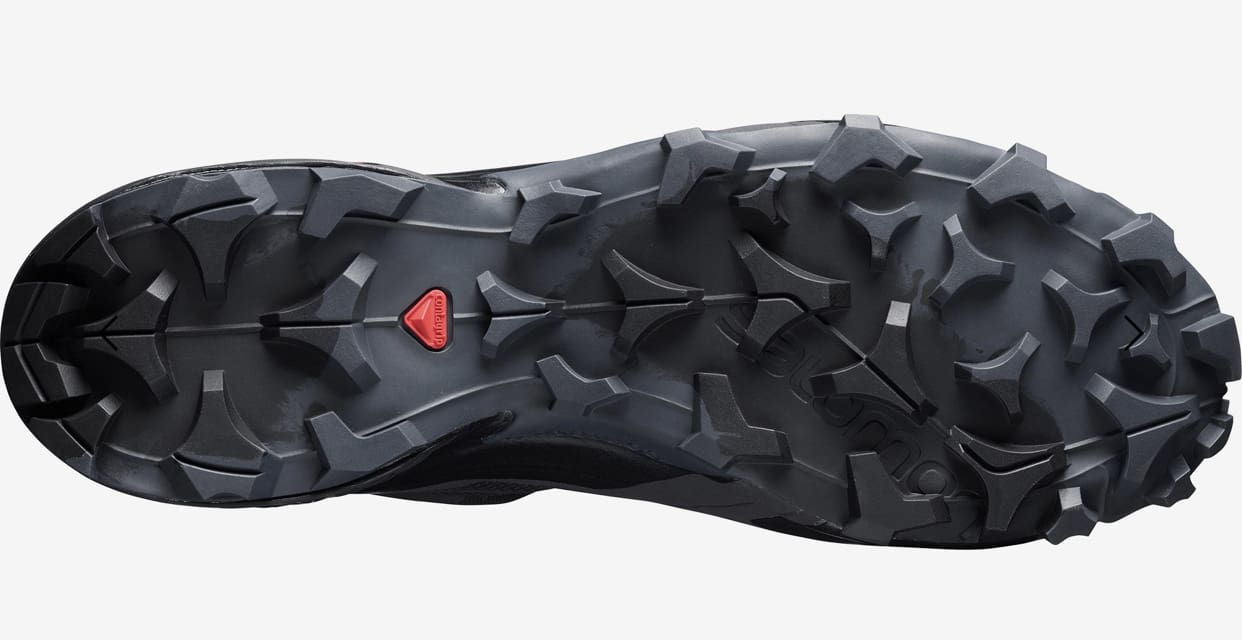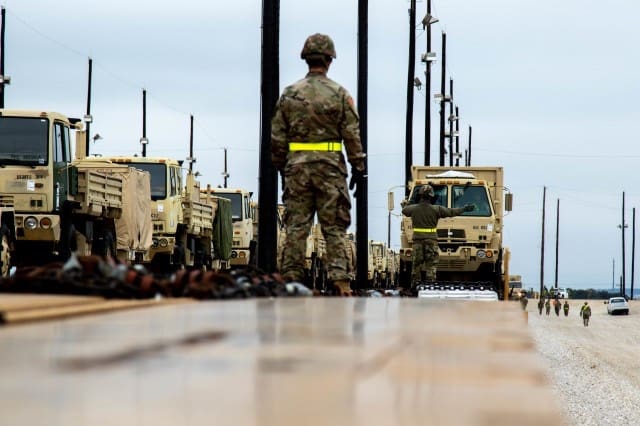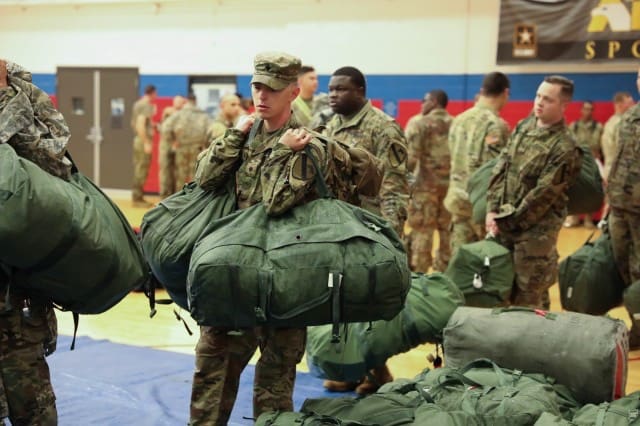
KNOXVILLE, TN. (October 22, 2020) – In recognition and appreciation of all who served, Pilot Company announced today an in-store round-up fundraiser benefiting Wreaths Across America through the end of the year. The funds raised will support Wreaths Across America’s goal to place more than 2.2 million wreaths in all 50 states to remember and honor fallen soldiers during the holidays. In celebration of Veterans Day, from Nov. 9-15, the company will offer all veterans one free breakfast combo, valid at participating U.S. Pilot and Flying J Travel Centers.
“The holiday season is a special time to remember and recognize veterans for their sacrifice,” said James A. Haslam II, a U.S. Army veteran and founder of Pilot Company. “On behalf of our 28,000 team members, we sincerely thank the men and women who’ve selflessly served our country. We appreciate Wreaths Across America’s mission of remember, honor and teach and invite our guests to partner with us in support of their goal to lay a wreath on every hero’s grave.”
Now through Dec. 31, guests visiting any of the 750 company-operated stores in the U.S., including participating Pilot and Flying J travel centers* and One9 Fuel Network stores, can opt to round-up purchases** to the nearest whole dollar and donate the additional amount to Wreaths Across America. In remembrance of the company’s hometown heroes, Pilot Company is donating $20,000 and contributing $20,000 from the round-up campaign to support the Wreaths Across America ceremonies in Knoxville, Tennessee.
“It is partners like Pilot Company that continue to step up and amaze us with their generosity, not just with the financial support of sponsoring wreaths, but in their commitment to the veterans in the industry and in their communities that deserve recognition,” said Karen Worcester, Executive Director, Wreaths Across America. “This new round up program is beyond anything we could have expected or hoped for and we are grateful to Pilot Company and all the professional drivers and carriers that help us move the mission.”
The round-up fundraiser is part of Pilot Company’s long-standing support of Wreaths Across America, including helping to fuel the organization’s traveling Mobile Education Exhibit to visit cities across the U.S. The exhibit is open to the public for free tours at several locations throughout the year and recently made a tour stop on October 20, 2020 at the Pilot Travel Center in Mebane, North Carolina. Pilot Company also supports and is honored to participate in Wreaths Across America’s celebration of veterans in the trucking industry, recognizing and thanking the veteran professional drivers that transport the wreaths to more than 2,200 locations across the country for the annual holiday wreath-laying ceremonies.
Pilot Company also will celebrate Veterans Day with a week-long special offer for all U.S. military veterans. From Nov. 9-15, all veterans are invited to enjoy a free Pilot Coffee of any size and one free breakfast offering, such as the french toast sausage, egg and cheese sandwich. The Veterans Day Breakfast Combo offer is available through the Pilot Flying J app and is redeemable at participating U.S. Pilot and Flying J travel centers.
To learn more about Pilot Company and its longstanding commitment to giving back, visit pilotcompany.com/about. For nearby travel center locations to donate and to redeem the breakfast offer for veterans, download the Pilot Flying J app.*** More information on Wreaths Across America is available at www.wreathsacrossamerica.org.
*Round-up donations made at Knoxville-area Pilot Convenience Stores will benefit JDRF through November 1, 2020 and Salvation Army from November 23 – December 25, 2020.
**Certain purchases (including, without limitation, fuel and fuel additives and purchases made on fleet cards or direct bill programs) are not eligible for round-up contributions.
***Standard data rates may apply.


